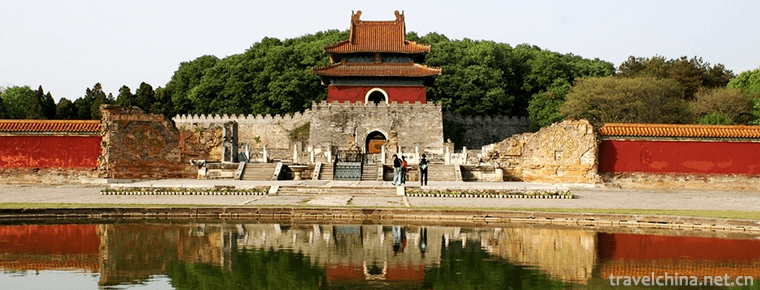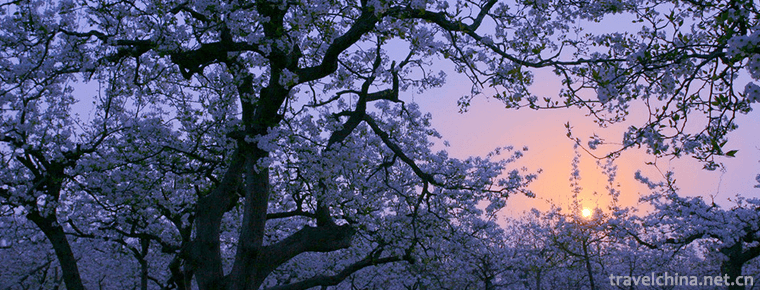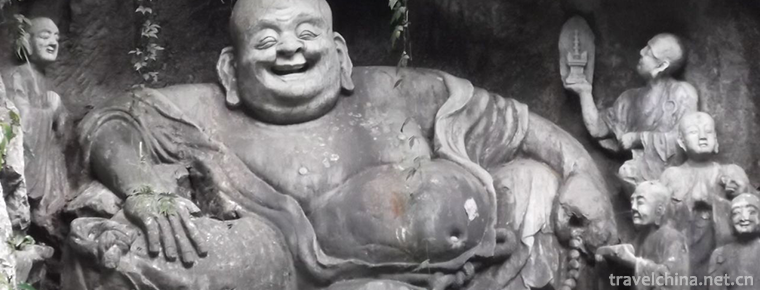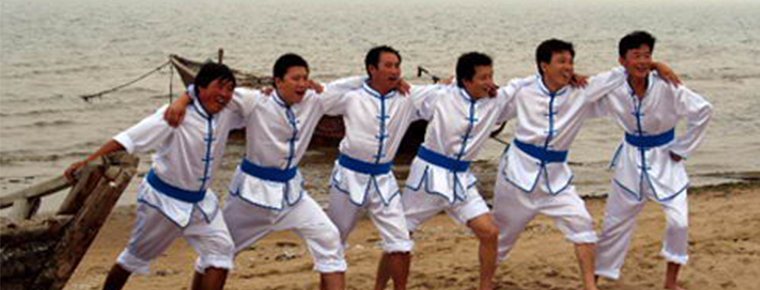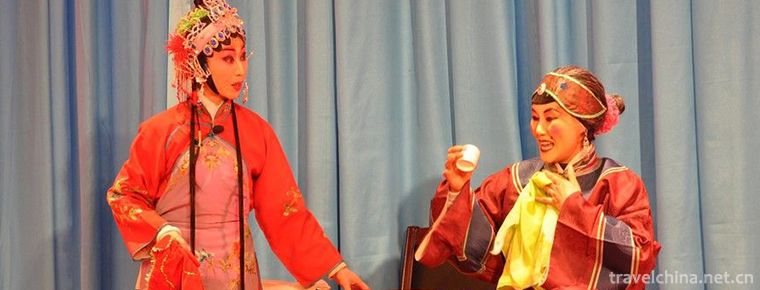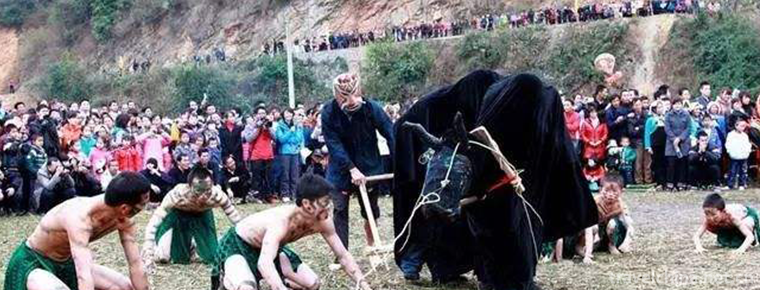Guanyin Pavilion
Guanyin Pavilion
Guanyin Pavilion, Ezhou, Hubei
Stand on Ezhou The city's Xiaodong gate dike overlooks the Yangtze River, and a huge reef stands in the center of the Yangtze River. Long pan Ji " It is also known as "Wanli Changjiang first Pavilion".
brief introduction
Hubei province Ezhou The city Guanyin Pavilion is 24 meters long and 14 meters high. It is made of red stone brick and skillfully integrated with dragon pan. It looks magnificent and magnificent. For thousands of years, it has weathered the wind and frost to survey the Yangtze River. Every flood season, the water overflows the pavilions, leaving only high-rise windows, or even the eaves, dragons, and kiosks in the vast Yangtze River. How many buildings and buildings were swept away by the billows of great waves? However, "the mainstay has a Panlong" (Qing Dynasty official Poetry). Once the flood season was over, it came out again, and it came out again. According to legend, Sun Quan made the capital of Wuchang. Ezhou Before, Huang Long Pok on the base, accumulated the Japanese side, so it is also known as "Panlong stone". Panlong stone looked West, and covered with a layer of dense smoke, like a mirage. What is more wonderful is that a boat shaped ancient pavilion is suddenly above the dragon head, empty and dangling across the river, which is breathtaking. Ezhou Guanyin Pavilion Also known as the Dragon Poji temple, was listed in 2006. The Sixth Batch of national key cultural relics protection units Guanyin pavilion was built in Song Dynasty and Yuan Dynasty. Correct Reconstruction in five years (1345) was repeated many times in Ming and Qing Dynasties. The pavilion sits East and West, reefs on the rocks and sets up the pavilion on the stage. The existing hall, the Guanyin hall and the three Hall of Lao Jun hall, the pure Yang building and the Guanlan Pavilion. Ten thousand li Yangtze River, the risk is called the natural chasm, rises Bashu, down to Wusong Only Ezhou Guanyin Pavilion It is just like a mainstay, with its momentum. It is also known as "Wanli Changjiang first Pavilion".
Scenery
There are three vigorous characters in the wall of the pavilion. The four characters of "long Pan Xiao Du" carved on the stone tablet of the main entrance of the Imperial Palace are written in the official script of the Qing Dynasty.
From west to East, the pavilion is Guanlan Pavilion, Dongfang Shuo Dian, Guanyin hall, Lao Jun hall and Chun Yang building. On the Guanlan Pavilion, overlooking the river, Shengjing and Hong Hong; in the three great hall, looking forward to the past, the article is shining. On the upper floor of pure Yang, Lu Dong Bin is burning to sleep, and the visitor is here. He never stops holding his breath. He smiles in his heart. So, in this Penglai fairyland, is this only the right thing to do?
The half of Guanyin is like the arc stone of the same boat, which not only slows down the water potential but also flows out of the river, allowing the river to slap and growl, always in Taishan. In ancient Ezhou, the craftsmen used fantastic fluid mechanics and unique styling art. Several ancient trees on the stone wall have been withering away for many years. In recent years, they have come back to life. They are spreading new shoots of tender teeth and embracing spring. The old well in the pavilion is clear from the ancient times, and the water level is much higher than that of the river. This old well, old tree and God turtle eye are called "three interesting" of Guanyin Pavilion.
structure
The Guanyin Pavilion is located in the east facing west, 14 meters high and the base 1 meters thick, with 60 long, 20 wide, and 25 centimeter thick stone blocks.
The pavilion is built of red stone brick. It is a typical wooden frame pavilions. The walls of the pavilion are engraved with three vigorous characters.
The stone inscriptions on the main entrance of the entrance hall are inscribed with four characters: "dragon Pan Xiao Du" written in Qing Dynasty official script.
There are three pavilions and two pavilions in the pavilion, with a total area of more than 300 square meters, from west to East. Kanran-tei Dongfang Shuo Dian, Buddism godness Guanyin Temple , Laojun Temple And Chun Yang Lou.
























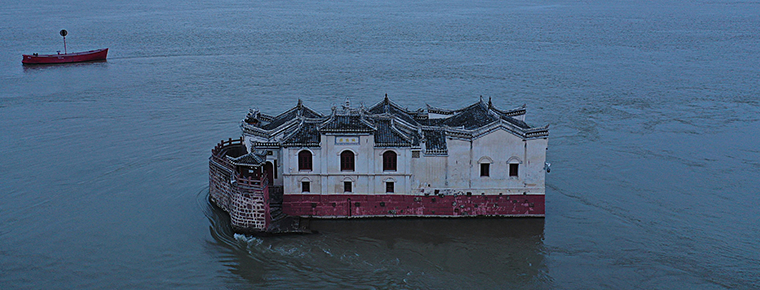
-
Kashgar Ancient City
The ancient city of Kashgar, a national AAAAA tourist attraction, covers an area of 20 square kilometers. The capital of Shule was renamed Panzhi City, the predecessor of Shule City in the Western Han.
Views: 117 Time 2018-12-12 -
Maling River Canyon
Maling River Gorge is located in Xingyi City, Guizhou Province. It is an important member of Xingyi National Geopark and a national scenic spot of the People's Republic of China. It is known as ".
Views: 268 Time 2019-02-06 -
The Ming Toms
The Obvious Tomb is located on Chunde Mountain, 5 kilometers northeast of Zhongxiang City, Hubei Province. It was built in 1519 in Zhengde, Ming Dynasty. It was built in 1566 in Jiajing.
Views: 143 Time 2019-02-07 -
Taiping Ancient Town Scenic Area
Taiping Ancient Town is located at the junction of Gulin River and Chishui River, 35 kilometers away from Gulin County. Across the river from Xingmin Township in Xishui County, Guizhou Province.
Views: 102 Time 2019-02-13 -
Xia Jin Old Yellow River Forest Park
The forest park scenic spot of the old Yellow River in Xiajin is the ruins of the old Yellow River. It is a national AAAA-level scenic spot. It is located in Xiajin County, Shandong Province.
Views: 382 Time 2019-02-25 -
Babao raw shell fresh shellfish
Babao raw shell fresh shellfish is a traditional famous dish in Shandong Province, which belongs to Shandong cuisine. It is made of fresh shellfish, pure winter bamboo shoots, watery mushroom, shrimp,.
Views: 196 Time 2019-03-27 -
The Legend of the Cloth Bag Monk
From the end of Tang Dynasty to the Five Dynasties, the monk of Fenghua, Ningbo City, Zhejiang Province, named Tingzi, was an eminent monk of Hou Liang in the Five Dynasties.
Views: 380 Time 2019-04-04 -
Traditional archery
The traditional bow is an ancient invention consisting of three parts: wood, horn and tendon. The manufacturing process is complex and the materials used are various, and the workmanship and material .
Views: 152 Time 2019-04-19 -
Ocean song
Fisherman's chant is the traditional folk song of Zhoushan Islands in Zhejiang Province, which belongs to the general name of the local boat and fisherman's chant..
Views: 86 Time 2019-05-02 -
Xilu Bangkok
Xilu Bangzi a Xilu Bangzi is an ancient traditional opera. Now the embryonic form of Hebei Bangzi was formed in Qingdaoguang period. Its predecessor is Shanshan-Shaanxi Bangzi, which was introduced in.
Views: 196 Time 2019-07-01 -
Add another festival beside the word ants of the Zhuang nationality
The Zhuangs Ant Festival (insect word plus another) is mainly prevalent in the Hongshui River Basin in the northwest of Guangxi Zhuang Autonomous Region. It is named "Ant (insect word plus anothe.
Views: 178 Time 2019-08-16 -
Suzhou University
Suzhou University is a full-time undergraduate college in Anhui province. It is an applied undergraduate university in Anhui province. Anhui higher education revitalization program "Local applica.
Views: 168 Time 2019-11-21


